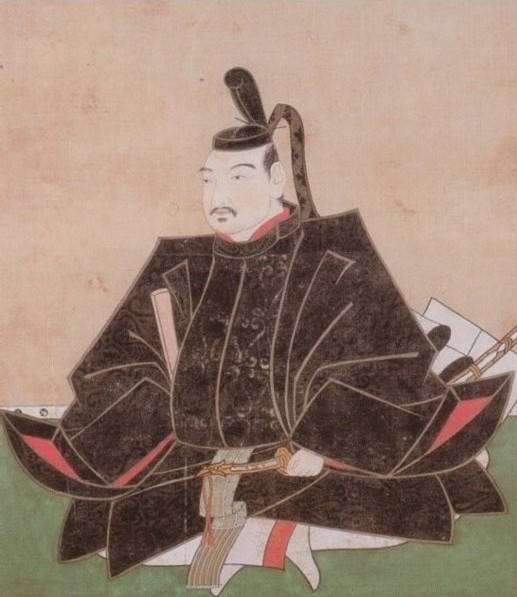Ikoma Kazumasa on:
[Wikipedia]
[Google]
[Amazon]
 was a Japanese
was a Japanese
 was a Japanese
was a Japanese samurai
were the hereditary military nobility and officer caste of medieval and early-modern Japan from the late 12th century until their abolition in 1876. They were the well-paid retainers of the '' daimyo'' (the great feudal landholders). They h ...
of the Sengoku period
The was a period in History of Japan, Japanese history of near-constant civil war and social upheaval from 1467 to 1615.
The Sengoku period was initiated by the Ōnin War in 1467 which collapsed the Feudalism, feudal system of Japan under the ...
who lived into the early Edo period
The or is the period between 1603 and 1867 in the history of Japan, when Japan was under the rule of the Tokugawa shogunate and the country's 300 regional '' daimyo''. Emerging from the chaos of the Sengoku period, the Edo period was characte ...
; he served the Oda clan
The is a Japanese samurai family who were daimyo and an important political force in the unification of Japan in the mid-16th century. Though they had the climax of their fame under Oda Nobunaga and fell from the spotlight soon after, severa ...
, the Toyotomi, and then the Tokugawa. He was also the ''daimyō
were powerful Japanese magnates, feudal lords who, from the 10th century to the early Meiji period in the middle 19th century, ruled most of Japan from their vast, hereditary land holdings. They were subordinate to the shogun and nominal ...
'' of the Takamatsu Domain
270px, Matsudaira Yoritoshi. pre-1903
270px, Takamatsu Castle Tsukimi Yagura
was a feudal domain under the Tokugawa shogunate of Edo period Japan, in what is now Kagawa Prefecture on the island of Shikoku. It was centered around Takamatsu C ...
.
Kazumasa was the eldest son of Ikoma Chikamasa
Ikoma Chikamasa (生駒 親正, 1526 – March 25, 1603) was a Japanese ''daimyō'' during the Azuchi-Momoyama and Edo periods around the turn of the 17th century. His father was Ikoma Chikashige. Chikamasa was appointed one of the san-''chūrō ...
. He fought with distinction under Oda Nobunaga, and then in Korea with Toyotomi Hideyoshi
, otherwise known as and , was a Japanese samurai and ''daimyō'' (feudal lord) of the late Sengoku period regarded as the second "Great Unifier" of Japan.Richard Holmes, The World Atlas of Warfare: Military Innovations that Changed the Cour ...
's forces. He sided with the Tokugawa at the Battle of Sekigahara, though his father sided with the forces of Ishida Mitsunari; as a result, the Ikoma family's fief was saved. His father yielded him headship in 1600. It was then that the fief's capital was moved from Marugame Castle
is an Edo Period Japanese castle in the city of Marugame, Kagawa Prefecture, Japan. It is located in the center of Marugame city, in former Sanuki Province on the island of Shikoku. During the Edo Period, it was the center of Marugame Do ...
to Takamatsu Castle.
After Kazumasa's death in 1610, his son Masatoshi succeeded him.
References
*http://www.asahi-net.or.jp/~me4k-skri/han/shikoku/marugame.html Daimyo Samurai 1555 births 1610 deaths {{daimyo-stub